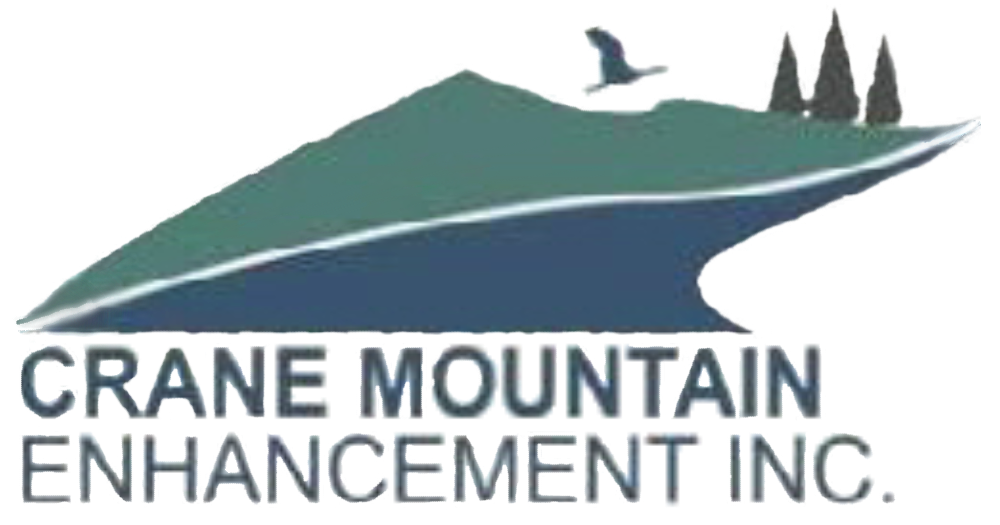OUR MISSION
The Monitoring Committee works to fulfill the mandate of CMEI as an independent community-based committee dedicated to scrutinizing the operations of the Crane Mountain Landfill.
OUR PURPOSE
The general purpose of the CMEI Monitoring Committee is to ensure that the landfill is operating in compliance with applicable approvals and regulations, and commitments to the community. These include compliance to the landfill Approval to Operate issued by the Province of New Brunswick, and that the operator is meeting the substance and intent of commitments made by the proponent or mandated by the regulator during the original Environmental Impact Assessment approval process. The Committee reviews reports and data with the objective of ensuring that adequate systems are in place to protect against contamination of surface water, ground water, air, and domestic wells, and to see if sufficient testing and analysis are being performed. The Monitoring Committee also responds to ideas and concerns of the public about the landfill and brings these to the attention of the FRSC.
OUR WORK
The Monitoring Committee reviews quarterly and annual monitoring reports produced by the landfill and raises questions and issues to ensure that the Landfill is meeting the conditions of its Approval to Operate – this document is updated approximately every five years.
To help with its work, the Committee has sought expert advice concerning the operation of the landfill. In 2005, the Monitoring Committee initiated an Independent External Review of the Crane Mountain Landfill by ADI Limited (now part of EXP Services Inc.), an award-winning Atlantic Canadian environmental engineering company. This Review has served as a basis for ongoing monitoring of the landfill. In 2007, Craig HydroGeologic was engaged to analyze the Commission’s responses to that review, and the Monitoring Committee made several proposals to the FRSC based on the recommendations of Craig and ADI/EXP.
The Committee has worked with Peter Baxter, who is the technical advisor for several New Brunswick Landfills. Peter has developed a Groundwater Flow Model as a refinement of the Numerical Model created for the Crane Mountain landfill. This Flow Model is now fed by data from a series of dataloggers, installed in some of the monitoring wells in the vicinity of the landfill. The dataloggers provide real-time water elevations and reveal how they fluctuate during both dry times and following precipitation events.
In 2008, the Committee initiated a follow-up Review by ADI, with results of this work presented to the FRSC and community leadership on Nov. 17, 2009. This review has led to further recommendations for the landfill Commission/ operator and includes suggestions for future monitoring by CMEI.
The Committee worked with the landfill operator to procure funding through the Government of New Brunswick’s Environmental Trust Fund for completion of a Conceptual and Numerical Groundwater Flow Model which were subsequently completed by EXP. The purpose of the flow model is to provide an additional tool to assist in further focussing monitoring efforts to develop a more complete understanding of groundwater flow in the area of the landfill. As follow-up to this study the Committee assisted by EXP deployed a series of water level monitoring dataloggers that include recording of real-time water elevations and reveal how they fluctuate during both dry times and following precipitation events.
The Committee has worked with the landfill’s technical advisor to monitor the landfill’s initiative and ongoing work related to the groundwater monitoring system Landfill Trigger Mechanism database. Using water analysis parameters from approximately 60 monitoring wells, located in and around the landfill this database contains the historical data for water quality parameters and can be used to identify trends and spikes in any of the parameters.
The results from both the Groundwater Flow Model and the Landfill Trigger Mechanism database require professional interpretation.
The Monitoring Committee has authorized aerial photographs to be taken of the landfill site at yearly intervals. This program, the cost of which is shared with the Commission, is another way of scrutinizing the ongoing development and operation of the landfill.

